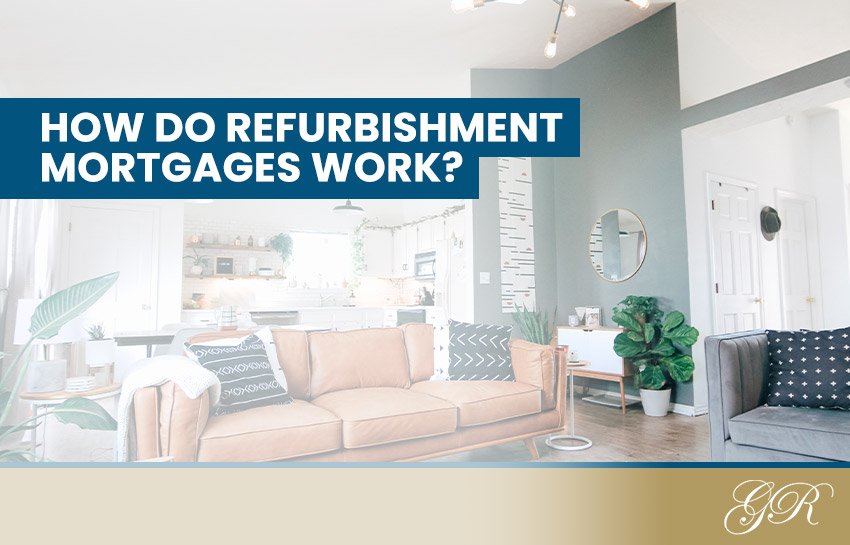Refurbishment mortgages often known as a refurbishment loan is one of our favourite mortgage products at Goldman Read. Some people have a little difficulty understanding how this product works but its actually pretty straightforwards.
What is a refurbishment loan?
In technical terms the lender will advance what is called a bridging loan allowing the purchaser to buy a property. A bridging loan is simply a short term loan secured on the property to allow a purchase to proceed where most banks would decline to lend.
This could be in the case of a property in a poor state of repair, one which has a defunct boiler or no kitchen or bathroom in which case most lenders would class the property “uninhabitable”.
Bridging loans are a kind of credit card of secured finance. In other words they are great for purchases where the buyer has to move quickly i.e. auctions and are usually pretty straightforwards to arrange.
Like credit cards however they have high interest rates, typically 1-2% per month and usually high arrangement fees i.e. 1-2.5% depending on the lender assessment of risk.
Just like credit cards your aim should be to repay the bridging loan as asap as interest can quickly mount up and eat into your profit. The lenders themselves require the borrower to put down a hefty deposit, typically 40%, to ensure there is plenty of room in the lending should the loan not be repaid quickly.
Bridging can come in two forms, closed and open. We’ll look at open ended bridging in the future but for now we will look at a closed bridge. In simple terms this just means that there is a finite end date to the loan or some definite exit strategy i.e. selling the asset, cash used to repay, or repaying via a standard first charge mortgage.
How does a refurbishment loan work?
In the case of the refurbishment mortgage the exit strategy would be a remortgage on to either buy to let or residential mortgage. Typically at outset when arranging finance the borrower will need to pay for a valuation.
The surveyor will assess the current value of the property, take a hard look at the detailed planned renovation works and provide an estimate of both current and post works valuation. In the case of a buy to let mortgage they will also be considering the likely rental the property will achieve.
At the end of the build the surveyor will return to the property to ensure that the works have been carried out as planned.
In a simple example as follows:
Purchase price in present condition- £200,000
Cost of works- £50,000
Post works valuation -£300,000
In this example although the purchaser has only spent £50,000 the effect of these improvements has added £100,000 value to of the property. In certain circumstances this could mean that on the remortgage the purchaser could release equity and effectively pay themselves back the initial deposit and the cost of refurbishment.
Clearly this is an attractive example but you need to be aware of what can go wrong.
What should I consider when getting a refurbishment loan?
1) Development experience – Generally the lenders would want you to have prior property experience i.e. to have been a property owner either in residential or buy to let previously. Property refurbishment is not a task to be undertaken lightly.
You must be structured and well planned if you are going to make a profit.
2) Cash – We would always recommend that you have a decent lump of cash behind you when undertaking a house renovation . Typically builders underestimate build costs at inception. We would suggest that the plan for the build costs on any project to be double those expected.
3) Be aware of your local market and what is selling and what type of property is in demand. There’s absolutely no point in undertaking a high end luxury development of a house in an area where people are simply looking for 2 bed houses with a garden.
4) Make use of a broker to ensure that you have access to the full range of home improvement loans. This will mean you get the best possible deal on your renovation loan.

